Another Comet Lovejoy is gracing our night skies —- that Lovejoy comet discovery guy sure knows how to find ’em! Comet Lovejoy, the January 2015 version, has been high in the sky after sunset in the Northern Hemisphere during the evening hours. At a magnitude of about +5 to +4 for the past few weeks, it is a naked-eye object for viewers far from city lights. Here in Southern California, the warm, dry weather and mostly clear skies for the past six days and nights have been great for comet observing.
On Tuesday, January 13, I was visiting mom in Palm Desert. That evening, I drove about 30 miles farther to the east on Interstate 10 to be beneath darker skies to photograph Lovejoy (the comet, not the guy). I managed to get a few good shots with my Canon camera and 200mm lens, and I was happy! The comet’s tail was not visible to my eyes, but the camera exposures of 5 to 30 seconds brought out the tail nicely. With images at 200mm and for that length of time, though, the stars and the comet look streaky or like short lines, due to the earth’s rotation. I wanted nice comet images with nice sharp stars! Luckily for me, I purchased a Celestron telescope about 30 years ago, and its equatorial mount and motor can track the stars for me and my camera.
Fast-forward three nights, to January 16. I had a work shift until 9 p.m., and then Charlie Bustamante and I headed for the dark skies in the mountains of northwestern Ventura County. We stopped along Highway 33 perhaps five miles east of the Pine Mountain Inn at around 4000 feet elevation. The skies were nice and dark here, though there was still a prominent urban glow to the east and southeast. The winter Milky Way was visible, and I found the comet below the Pleiades quickly with the binoculars. Again, it was pretty easy to see with the naked eye if you knew where to look. I set up the telescope, plugged in the clock drive to the Xterra’s DC outlet, mounted the camera and 70-200mm lens onto the Celestron, and fine-tuned the focus. The tracking was miraculously good and 200mm shots came out surprisingly well for the quick-and-dirty setup! Here are some samples:
With the camera tracking the stars so well, I pointed it at the Pleiades and the Great Nebula in Orion and took one-minute exposures.
In my 200mm shot of the Great Nebula of Orion (Orion’s sword region), I managed to also image the Horsehead Nebula, at the top of the frame. I cropped the Horsehead Nebula area in the second image above.
Before heading back home, around midnight, I took one last image towards the west with the wide-angle lens. You can see the little green comet right below the Pleiades.
I include my comet images from Tuesday here so you don’t have to…
and a few more from Tuesday, including the Andromeda Galaxy; the northern sky beyond Interstate 10, and Venus and Mercury shortly after sunset from Palm Desert…



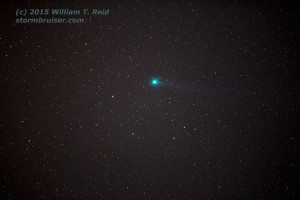
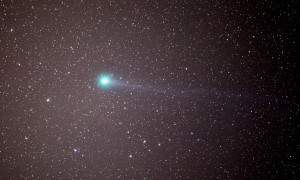
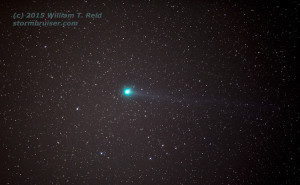
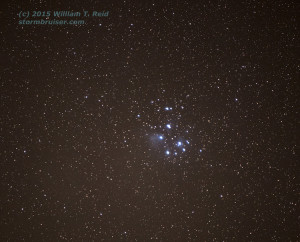
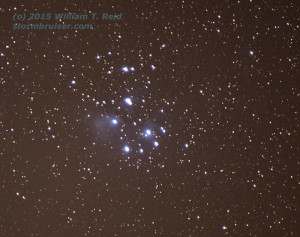
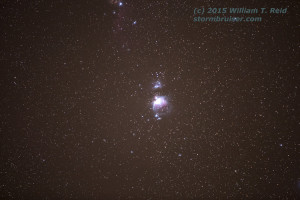
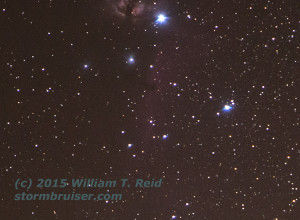
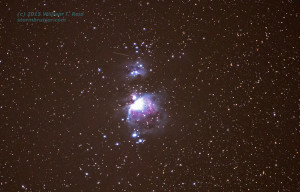
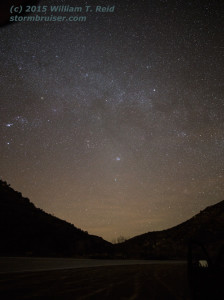
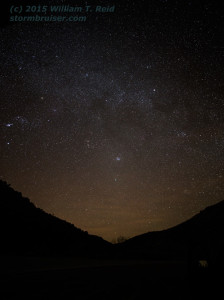
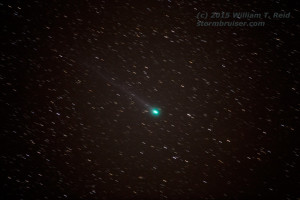
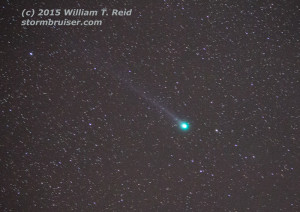
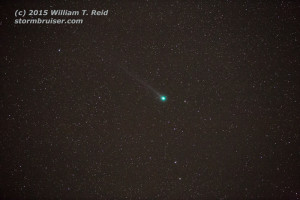
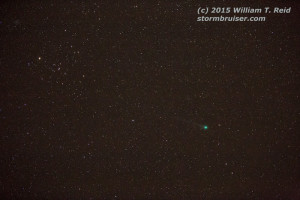
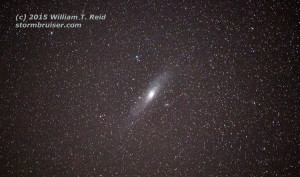
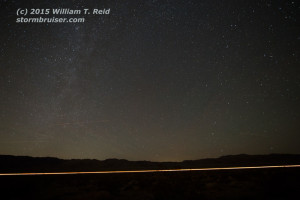
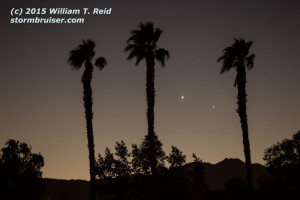
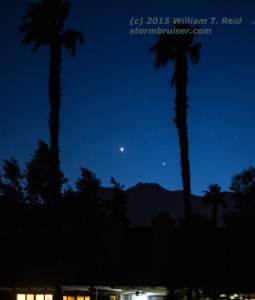
Leave a Reply
You must be logged in to post a comment.